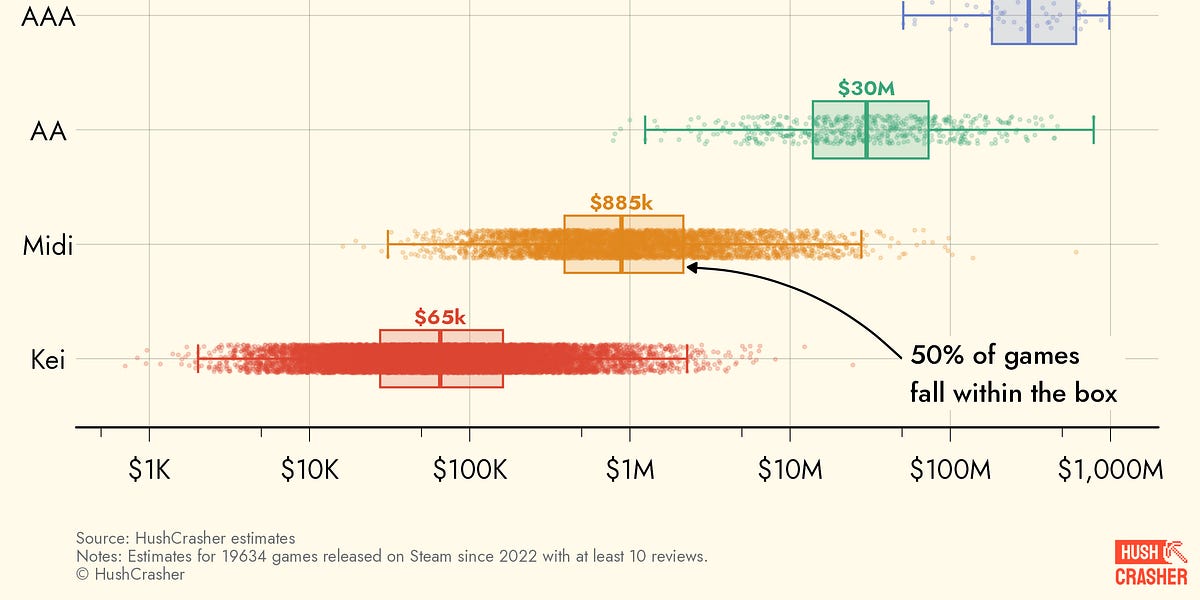
Friction keeps the system moving. MIT’s research shows that 5% of GenAI pilots succeed by embracing resistance, both human and organizational, as well as technical, as the crucible of adaptation and ROI.
getty
95% of GenAI Pilots Fail
Friction isn’t failure. It’s what keeps your tires on the road, what makes a live experience memorable, and, according to MIT, what separates the 5% of GenAI pilots that succeed from the 95% that don’t.
A new MIT study, State of AI in Business 2025, reveals that billions of dollars invested in enterprise GenAI pilots are yielding no results. But the lesson isn’t that GenAI is broken. It’s that companies are trying to erase the very drag that creates value.
The GenAI Divide
MIT calls it the GenAI Divide.
- The 95% lean on generic tools, slick enough for demos, brittle in workflows. They’re stuck in high-adoption, low-transformation mode.
- The 5% design for friction. They embed GenAI into high-value workflows, integrating deeply and shipping tools with memory and learning loops. That’s where ROI lives.
The data is stark: Only 5% of custom GenAI tools survive the pilot-to-production cliff, while generic chatbots hit 83% adoption for trivial tasks but stall the moment workflows demand context and customization.
Why GenAI Needs Friction To Succeed
I’ve long argued that humans need friction to stay human. Resistance is what gives life meaning, effort, constraint, the drag that makes judgment and authorship possible.
The MIT report shows the same law applies to GenAI. Without friction, GenAI is theater. Smooth demos impress, but without governance, memory, and workflow redesign, they deliver no value. The companies that succeed are those that engineer for friction, calibrating it rather than eliminating it.
What GenAI Friction Really Means
By friction, I don’t mean inefficiency for its own sake. I mean the resistance that forces adaptation. In physics, friction is what prevents your car from spinning out of control.
In business, GenAI friction is the constraint that drives evolution: new protocols, conflicting incentives, the uncomfortable need to redesign workflows instead of layering another tool on top.
MIT’s data proves the point: pilots that glide frictionless from demo to deployment never build the muscle to scale. They collapse the moment they hit real organizational texture, compliance, politics, data quality, and human judgment. By contrast, 5% of winners lean into friction: they accept resistance as the price of learning and design for it.
The GenAI Verification Tax And The Accuracy Flywheel
As Forbes contributor Jaime Catmull recently highlighted, another perspective on this is the “verification tax.” As PromptQL CEO Tanmai Gopal explained, when GenAI systems are confidently wrong, employees spend more time double-checking outputs than they save. That unmanaged friction kills ROI.
The solution isn’t bigger models, it’s humbler ones. PromptQL refers to this as the “accuracy flywheel”: if the system is uncertain, it abstains, surfaces contextual gaps, and learns from user corrections. Each abstain → correction → improvement loop is friction at work.
This humility-first design has gained traction in industries such as aerospace and finance, where one high-confidence miss can outweigh ten successes. It’s a living example of GenAI after friction: trust built not by removing drag, but by designing for it.
The Experiential Parallel To GenAI
As Rick Kiley, Founder of Soho Experiential, put it: “No behavioral change is possible without friction; people don’t come in thinking one thing and walk out thinking another unless they’re challenged. In experiences, friction is what creates the memory. GenAI is no different. If it’s too smooth, it fades. If it pushes you, it sticks.”
The same truth applies across domains: Friction, when designed, doesn’t diminish value; it creates it. In enterprise GenAI, just as in live experiences, resistance is what builds trust, meaning, and differentiation.
The three faces of GenAI friction, Human, Organizational, and Technical, highlight why most pilots fail. Enterprises that design for these frictions, rather than eliminating them, are the ones crossing MIT’s ‘GenAI Divide’ and capturing real ROI.
Jason Snyder, Forbes
In short, removing the wrong GenAI friction means losing the opportunity to learn. But design the right friction, and you get traction, meaning, and measurable value.
“Pilots stall because most tools cannot retain feedback, adapt to context, or improve over time,” the authors of the MIT State of AI in Business 2025 wrote in their report.
Case in point: MIT’s report highlights a “shadow AI” economy, where employees in over 90% of firms use personal AI tools even when official pilots fail. At one Fortune 500 insurer, the sanctioned GenAI pilot looked polished in the boardroom but collapsed in the field because it couldn’t retain context. Meanwhile, employees quietly rely on personal AI to speed up claims processing, part of a pattern that MIT says is already saving companies $2 million to $10 million a year in external costs and cutting agency spend by 30%.
Shadow GenAI: The Real ROI Hiding In Plain Sight
One of the report’s most striking findings: Even when enterprises don’t buy official tools, 90% of employees report using personal GenAI at work, versus only about 40% of firms with enterprise subscriptions.
This so-called shadow GenAI is friction in action, the bottom-up reality of workers adopting what leadership won’t. On paper, the pilots may fail. In practice, shadow adoption is already producing ROI.
Where The 5% Of GenAI Pilots Succeed
While most GenAI pilots stall in what MIT calls the “adoption without transformation” trap, a minority are proving the exception. MIT’s research shows that the 5% who succeed follow a remarkably consistent playbook. They don’t chase flashy demos or generic tools; instead, they build systems that learn, admit uncertainty, and integrate deeply into workflows.
These companies focus on partnerships that bring domain fluency and accountability, and they aim GenAI at the back office, where friction is most significant, but so are the savings.
There’s a repeatable playbook:
- Learning loops and context retention.
- Humble GenAI that admits uncertainty and learns from corrections.
- External partnerships with customized vendors—twice as successful as internal builds.
- Back-office focus—where GenAI friction is highest and ROI is most direct.
The GenAI Friction Playbook
The lesson from MIT’s research is that friction isn’t the enemy of GenAI success—it’s the proof of it. The companies that scale beyond pilots don’t try to sand away every rough edge. They recognize that resistance reveals where systems need to adapt, where workflows must be redesigned, and where governance has to mature. In other words, friction is the signal that something real is happening.
That’s why the 5% who succeed approach GenAI with a different mindset. They treat each source of friction — human, organizational, and technical — not as a barrier, but as a design input. Rather than rushing to show adoption metrics, they build for durability: systems that learn, contracts that incentivize outcomes, and governance that channels bottom-up energy instead of suppressing it. This mindset can be distilled into a practical framework.
GenAI Friction Playbook
- Measure absorption, not adoption. Count workflows redesigned, not logins.
- Fund the memory layer. If it can’t retain context, it can’t scale.
- Redesign contracts. Demand vendors price against learning milestones, not seat licenses.
- Channel shadow GenAI. Formalize what employees are already doing, instead of banning it.
- Treat friction as a signal. If your pilot feels too smooth, it’s probably too shallow.
GenAI After Friction
Human after friction, GenAI after friction — the future won’t belong to those who erase the drag, but to those who design it well.
The next wave, agentic GenAI systems with memory and adaptability, will test this truth even harder. The companies that accept friction as a feature, not a flaw, will be the ones that turn GenAI from theater into transformation.
Because friction is more than a constraint, it’s a teacher. It forces systems to reveal their limits, and it forces leaders to make choices about what should be automated and what must remain human. It is the crucible where governance, trust, and creativity are forged.
If the past decade of digital transformation was about removing friction, the next decade of GenAI will be about designing it wisely. Those who learn how to calibrate resistance enough to drive learning, rather than paralyze progress, will be the ones to capture not just ROI, but also resilience, meaning, and a lasting advantage.
.png)




